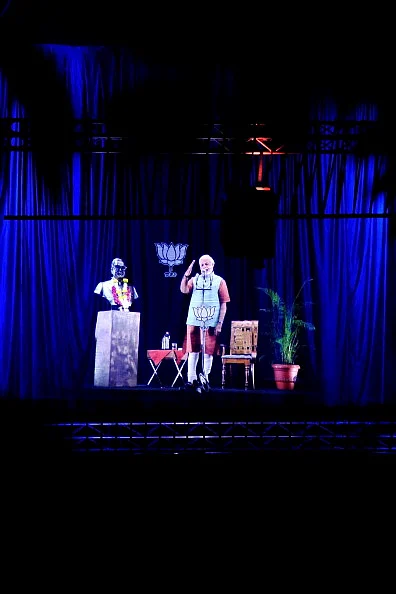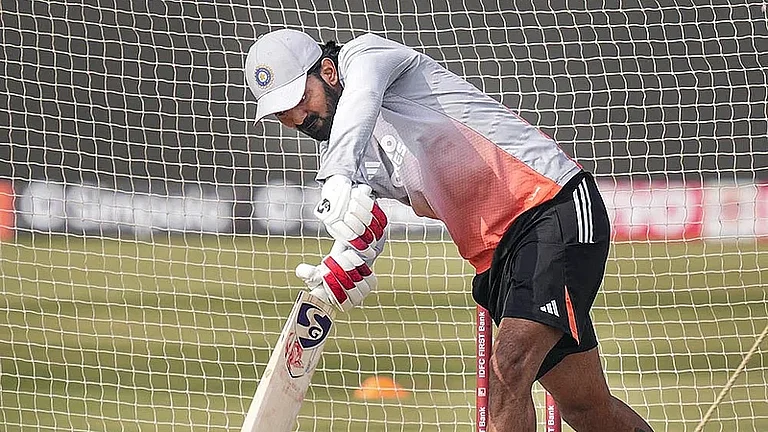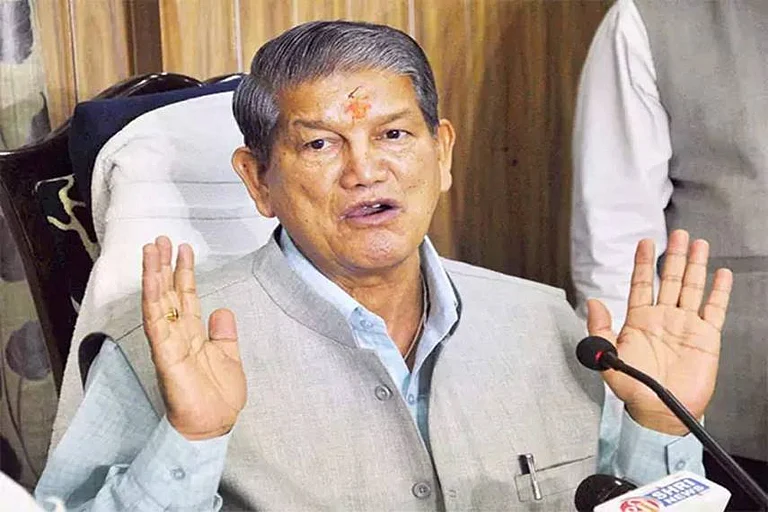With the 2024 Lok Sabha elections approaching, the final stretch is laid out for the parties and their campaign designs. Being implemented in full swing, the use of technology and artificial intelligence (AI) amid other measures and tactics has become a point of debate.
With the use of deepfake videos and morphed pieces of multimedia to appeal to targeted demographics, the usage of AI has triggered conversations on the expanse of technology and its evolving precision while also raising questions on the integrity of electoral practices and the extent to which it can be regulated. The Indian political landscape has seen an active boom and continues to embrace its expanse to appeal to specific sections of the electorate.
Instances Of AI Usage
In 2020, the BJP used artificial intelligence to launch deepfake videos of its leader Manoj Tiwari, where realistically morphed videos were used to show him speaking in two different languages to appeal to different sections of voters ahead of the Delhi assembly elections. This marked the first usage of deepfake technology by a party where AI was used to generate his voice and words in English and Haryanvi and alter his expressions and lip movements.
The BJP has been on the frontfoot with its entire technological apparatus pushing numerous campaigns forward. Dating back to 2012, in campaigns for the 2014 general elections, the BJP strategically employed the use of 3D hologram projections of Prime Minister Narendra Modi so that he could simultaneously campaign in multiple places at the same time. The project reportedly cost around $10 million.
In the run-up to the Telangana assembly elections last year, a seven-second deepfake video of Bharatiya Rashtra Samiti (BRS) leader NTR Rama Rao inundated the phones of numerous voters where he could be seen asking people to vote for Congress. The Congress party eventually emerged victorious and the efficacy of such a move got a boost following the party’s endorsement of the same.
An AI-generated audio clip of AIADMK’s iconic leader and late Chief Minister J Jayalalithaa seeking support for party General Secretary Edappadi K Palaniswami for the upcoming Lok Sabha elections was released by the party recently on her 76th birth anniversary. She could be heard talking about the AIADMK government’s welfare initiatives and appealed to the public to extend their support towards Palaniswami. She could be heard in her signature voice uttering the very recognisable and moving words: “Makkalal naan, makkalukkagave naan (I am because of the people, I am for the people).”
Over the course of six months, DMK has used AI to resurrect its late iconic leader M Karunanidhi on multiple occasions, using lifelike videos of the veteran at numerous campaign events. In a conversation with Al Jazeera, Senthil Nayagam, founder of Muonium, the AI media tech firm that made the recent deepfake Karunanidhi video, stated that “there is a market opening up…You can attribute some statements to a particular person and that kind of gives more value to it”.
According to another Al Jazeera report, The Indian Deepfaker, run by 30-year-old Divyendra Singh Jadoun, cloned the voice of Rajasthan’s Congress CM candidate Ashok Gehlot and his team to craft and send personalised messages on WhatsApp, addressing each voter by their name, during the assembly elections that took place last year. The company is currently working with the team of Sikkim’s Chief Minister Prem Singh Tamang, part of the NDA, to develop holograms for the upcoming campaigns leading up to the state assembly elections in the coming months.
The Impact Of New Campaign Tactics
Connecting with the electorate has been the nucleus of any functioning democracy. According to numerous experts, the use of AI has in many ways helped in bringing about effective ways to amplify reach and impact. With digital media accommodating the ever-evolving forms of technological reach, one relates it to Noam Chomsky’s theory of manufacturing consent, where the citizens become obedient, consenting, and unquestioning of existent principles and paradigms, under the direct influence of corporate-sponsored propaganda through mass media and commercialism. Thus, in the run-up to the elections, experts believe, the use of AI has been successful in appealing to and swaying people who hold little knowledge of the technology that is at play to gain momentum on emotional grounds.
Ambar Ghosh, a political analyst based in Kolkata, tells Outlook that digital technology, especially AI, has had a transformative impact on how election campaigns are envisaged in India’s electoral landscape.
“First, it has exponentially enhanced the scale of political outreach during elections through a wide array of networks that include a plethora of WhatsApp groups and other social media pages running campaigns with various political messages reaching directly to the millions of users, in turn shaping the political opinion of voters. The BJP under Modi, especially since 2014, craftily created a stellar technology-driven campaign with extremely effective use of techniques like holograms that helped to bring Modi’s imagery in every nook and corner of the country,” said Ghosh, Fellow, Youth Democracy Cohort, European Hub of Democracy, Brussels.
Ghosh also believes that the digital revolution has facilitated a massive stride in terms of facilitating a direct emotive connection between the leader and the people, especially in the context of the upcoming polls.
On how the appeal has been manufactured, Ghosh says, “For instance, even after the death of former Tamil Nadu CM M Karunanidhi, his AI-generated video speeches have featured in party events to invoke the nostalgic appeal amongst the people towards their bereaved stalwart leader. Also, personalised speeches of leaders to different constituencies using AI create an unprecedented impression of personal appeal to electorates which enhances the political appeal of the leaders.”
Inevitably, the question of electoral and ethical integrity arises when there are no concrete limitations laid out for the same. Recently, former Pakistan PM Imran Khan used AI-simulated videos to campaign and reach out to the voters while being incarcerated. With AI booming, according to numerous analysts, the essential trick behind hitting a balance and the understanding of human limitations in politics also seem to dissolve.
Ghosh, addressing the glaring possibility of its misuse, says, “The matter of concern remains that the use of technology creates potential scope for spreading disinformation and misinformation that has the potential of increasing political polarisation and discord that in turn can lead to misguided political information, posing threat to the democratic procedures across the world. Institutional mechanisms need to be explored to regulate such excesses emanating from the unregulated use of technology and AI during elections.”



























